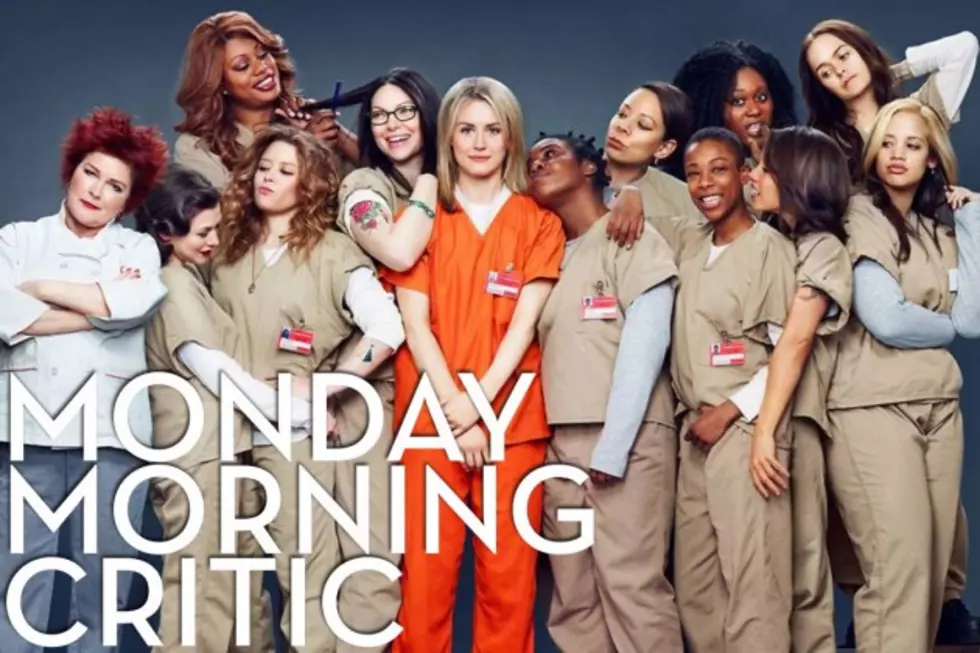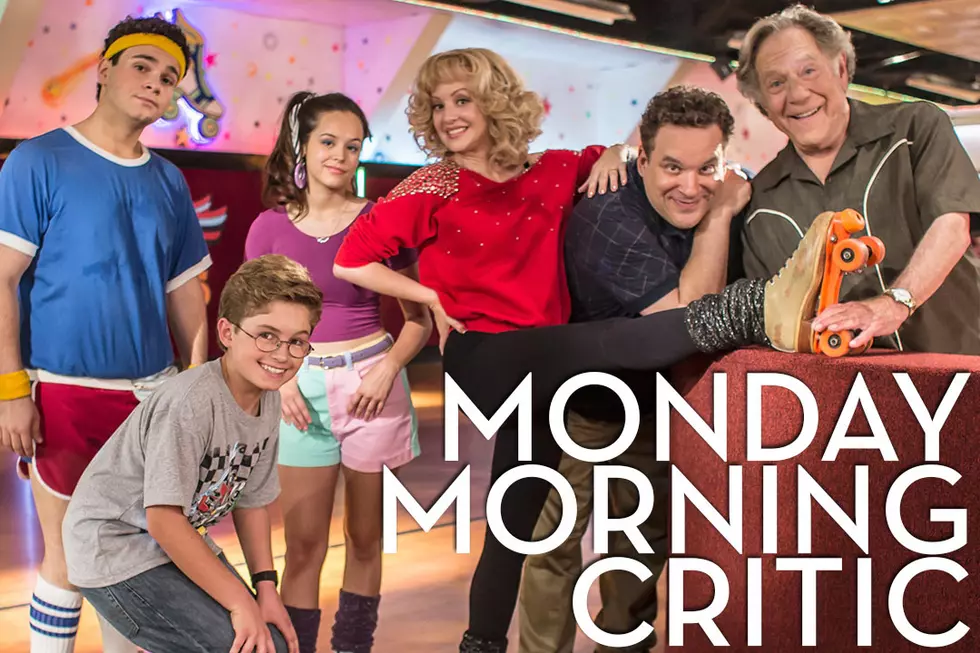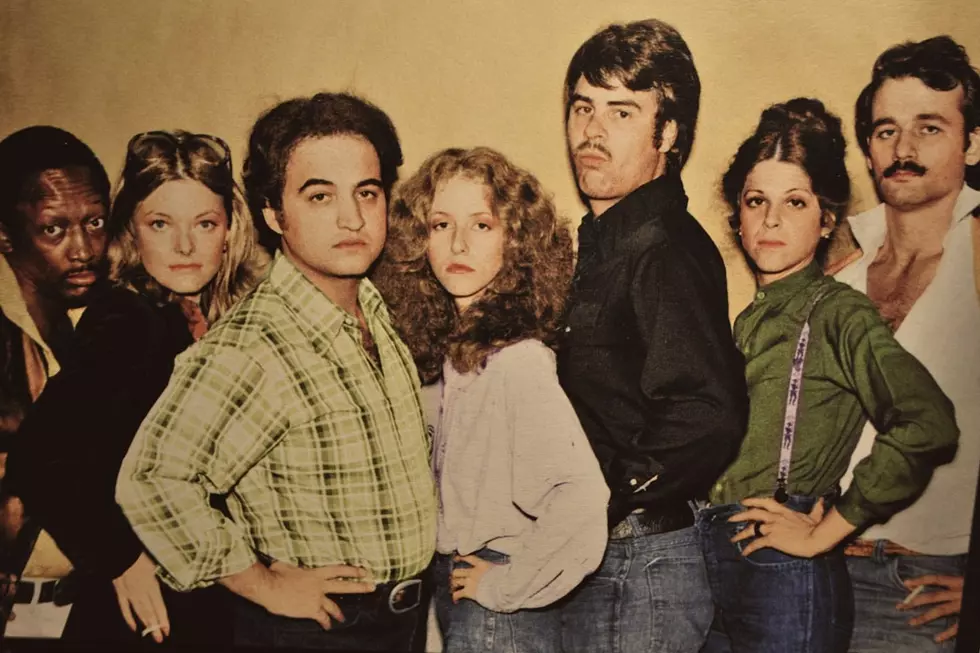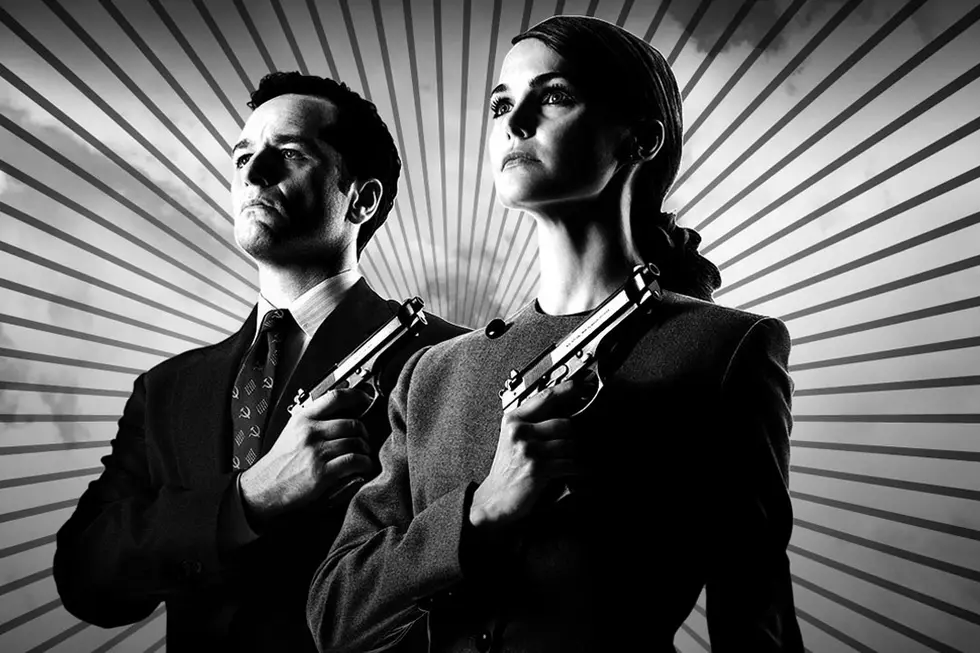
Monday Morning Critic: What Is a Comedy, What Is a Drama and What Does It Matter?
Welcome back to another installment of the Monday Morning Critic. In this space each week, I’ll be looking at the week that was in addition to the week ahead in television. The format will shift each week, as the world of TV will dictate the form and content of each piece. In this week’s installment: big changes coming to the way The Emmys decide between comedy and drama.
In terms of its approach to the comedy/drama cut-off point, The Emmys have gone the way of pizza delivery: Television is apparently now thirty minutes or less, or it’s not funny.
That’s the takeaway from The Emmys announcement last week of certain changes to its awards structure in future years. Comedy series are now defined as being a half hour or less, while drama series are anything over that thirty-minute demarcation. In terms of things that actually don’t matter in the grand scheme of things, this feels like a fairly big deal. I’ve never been a fan of assigning worth or merit to a television show by the number of awards it wins. But in coming down with a fairly arbitrary threshold between the two, the Emmys is telling people that it’s not a very big fan of the increasing complexity of the medium’s output. Better to have things cut-and-dried, even if nuance is thrown completely out the door.
People have had a hard time over the past decade categorizing Girls, Louie, Wilfred, Weeds, Nurse Jackie, South Park, and Community, because what those shows have tried to accomplish is contradictory to what people expect out of a program that lasts a mere half-hour. Even as we accept on ever broadening levels just how complicated television can be, there’s still an all-common assumption that “30 minutes of television = comedy”. And so long as people resist the idea of any non-hour long program as having dramatic merit, shows that come in at half that length will be judged on a sole criteria: “Is this funny?”
My favorite three shows of last season are all punished by this binary arrangement. Enlisted, Review, and You’re The Worst were all extremely funny shows, but had a lot more going on under the hood than mere laughs. The idea that laughs define a successful half-hour show suddenly becomes more important when the Emmys slap the “comedy” label upon them for awards’ purposes. Episodes like “Pete’s Airstream,”
“Pancakes/Divorce/Pancakes,” and “Finish Your Milk” explore dark, dramatic themes as well as any hour-long ever could. They weren’t designed as gut-busting installments. The success of those episodes lay in how successfully it achieved its goals. Had the episodes tried to be a laugh riot and failed, one could accurately criticize the episodes for falling short. But what if laughs aren’t the main point of the endeavor?
This is why the thirty-minute program is so special right now, and why anyone worth their creative salt should be trying to get in on the act right now. Life’s too short to watch everything in this age of Too Much Good TV, but it’s far easier to catch up on a 30-minute show, or stick with one even as it goes in weird places. That’s both a boring observation but perhaps the most important one. With our eyes being pulled in so many directions, viewers need to make a return-on-investment analysis on every piece of pop culture they absorb. As such, those trafficking in non-traditional thirty-minute shows have the freedom to indulge more abstract, esoteric, freakish, demented, idiosyncratic, and/or above all personal visions for their programming.
Now, this primarily applies to basic cable and pay cable models. But even FOX seems to be dipping its toe in the waters with the upcoming The Last Man On Earth, a show that feels like it was designed in a lab to be on IFC or AMC instead. It’s not an entirely successful show, but it’s insane to think that the Emmys want to shove this into the same category as Last Man Standing. That’s not the same thing as the Emmys putting Stalker and Mad Men into the drama category, simply because the flexibility afforded the half-hour program leads to a much more varied, almost infinitely more interesting landscape. To put it as reductively as possible: The half-hour accepts variance, while the hour-long tries to stamp out difference. (It’s fair to note that Shameless and Jane The Virgin are getting hosed here as well in being labeled “dramas,” but they are the exceptions that prove the rule.)
Back in my English major days, I learned about Shakespeare’s “problem plays,” dubbed so in part because of their unique hybrid of the comedic and the tragic. I preferred Macbeth and Much Ado About Nothing to Measure For Measure and Troilus And Cressida, but there’s something potent inside these problem plays that translates well into the type of thirty-minute shows that have proliferated since Weeds first confounded viewers nearly a decade ago. I’d suggest the problem isn’t so much with these plays/programs but with us, the consumers. It’s easier to identify something if we can name it. Naming classifies things into easily-seen categories. But culture at its best defies description, and forces us to wrestle with its meaning more than its definition. I understand that the Emmys probably isn’t the best forum for that discussion. Although admit it: You’d love an Emmys broadcast that consisted of nothing but critics onstage for three hours discussing the connection between All’s Well That Ends Well and Transparent, right? Right?
Hello?
Give me problem programs any day. I tend to gravitate towards Parks and Recreation and its endless optimism in the face of adversity. I gravitate towards You’re The Worst because it realizes that “happily ever after” doesn’t simply happen when the credits roll. I gravitate towards Review because it wants to break down the type of critical distance we often put between ourselves and the world around us. We don’t expect our dramas to be comedy-free. In fact, we’d lambaste such programs for being so dour. (Breaking Bad was quite often the funniest show on television.) And we don’t ding them critically for making us laugh. If anything, the ability to make us laugh AND cry is seen as a bonus. Why do hour-longs get the benefit of the doubt while the 30-minute shows are greeted with widespread befuddlement when attempting the same magic trick?
When South Park does an episode like “You’re Getting Old,” we owe it to the show to engage it upon the terms it establishes. Maybe there’s no good way to get past the “comedy”/”drama” dynamic when it comes to describing programs, because let’s face it: the types of shows I’m celebrating here are few and far between on the television landscape. And trying to come up with a single, one-sized-fits-all name for them is in fact doing these shows a disservice. All of them are bringing unique flavors to the table, and lumping them into a third category defeats the purpose. Shows like The Big Bang Theory and Modern Family thrive because people understand what they will be getting. The ability to repeat that type of content is admirable, and certainly serves a purpose that television has provided as a genre for decades. But it’s time to also point out the shows that constantly have fans wondering what type of show they will be watching that particular week as well. Togetherness is morphing into something altogether different from its pilot episode already, and who the heck knows where it will go from here into season two. The show isn’t just BOTH funny and heartbreaking. It’s thrilling. Its inability to sit still means that it’s constantly probing what it can be, and it’s taking us along on the same journey. There’s something nerve-wracking about it, but it’s also a fantastic tonic to the predictability that suffuses so much programming.
Putting these shows into “little boxes” (to borrow a phrase from the Weeds theme song) just means we’re denying ourselves from the unique pleasure these programs can provide. There’s comfort in the familiar, but there are also thrills in the unexpected. I’ve seen enough television in my lifetime to welcome the unexpected at any turn. For now, I’m finding it a half-hour at a time. And I don’t have a single problem with that.
More From ScreenCrush









